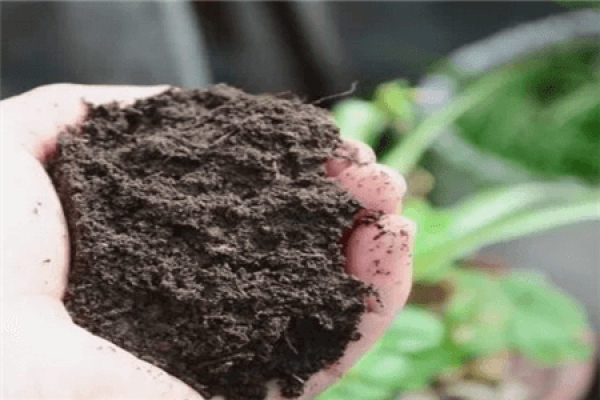1. Selection of matrix: it is not strict on soil quality. It is OK to use general garden soil. If there are conditions, it is best to choose sandy loam with good permeability and loose soil.

2. Light management: it likes the wet environment and is afraid of strong direct light, so it is suitable for cultivation in the semi overcast position. The light is strong in summer and autumn, and it is easy to burn its leaves. Therefore, it needs to take measures of sunscreen. The daily maintenance can be done in a well lit room, without the need to move to the open air for sun exposure.

3. Water management: in the summer with high temperature, it is necessary to strengthen the irrigation of plants. It is better to water once a day in the morning and once in the evening, and spray water around appropriately to improve the humidity of basin soil and environment. Spring and autumn watering to "see dry see wet" is appropriate, winter should reduce watering, to prevent plant root rot or frostbite.

4. Temperature management: it likes warmth and has relatively poor cold resistance. It grows well under the temperature of 20 ℃ - 28 ℃. In winter, it is better to keep the room temperature above 8 ℃. If the temperature is low, it is necessary to take appropriate cold resistance measures to avoid the death of plants due to frostbite.

1. Propagation method: it can be propagated by sowing method or split plant method, among which split plant method is more common. The ramets are usually carried out between February and March. They can be divided into several plants with roots and planted in addition.

2. Basin changing method: the basin changing is best carried out in spring every year, and the basin diameter can be selected according to the plant size.

1. Leaves turn yellow: it is very afraid of direct sunlight. The leaves will turn yellow or even scorch if exposed to strong sunlight for a short time. At the same time, the lack of water will also cause the leaves to turn yellow. It should pay attention to shade and give sufficient water.

2. Frostbite: it has poor cold resistance, and must not be cold and frostbitten. It will be frostbitten or even die in the environment close to 0 ℃. If the temperature in winter is lower than 10 ℃, watering should be reduced, the basin soil should be kept dry, at the same time, proper measures should be taken to keep warm to help it survive the winter.

1. Placement position: its leaves have clear mottling, thick green color, high glossiness, dignified and elegant appearance, excellent ornamental effect and simple maintenance. It can survive for a long time without too much care. It is very suitable for indoor cultivation as a green decorative potted plant.

2. Toxicity: its leaf sap is toxic and highly toxic, which can make people dumb. It is necessary to avoid children and pets from eating by mistake when breeding at home.
